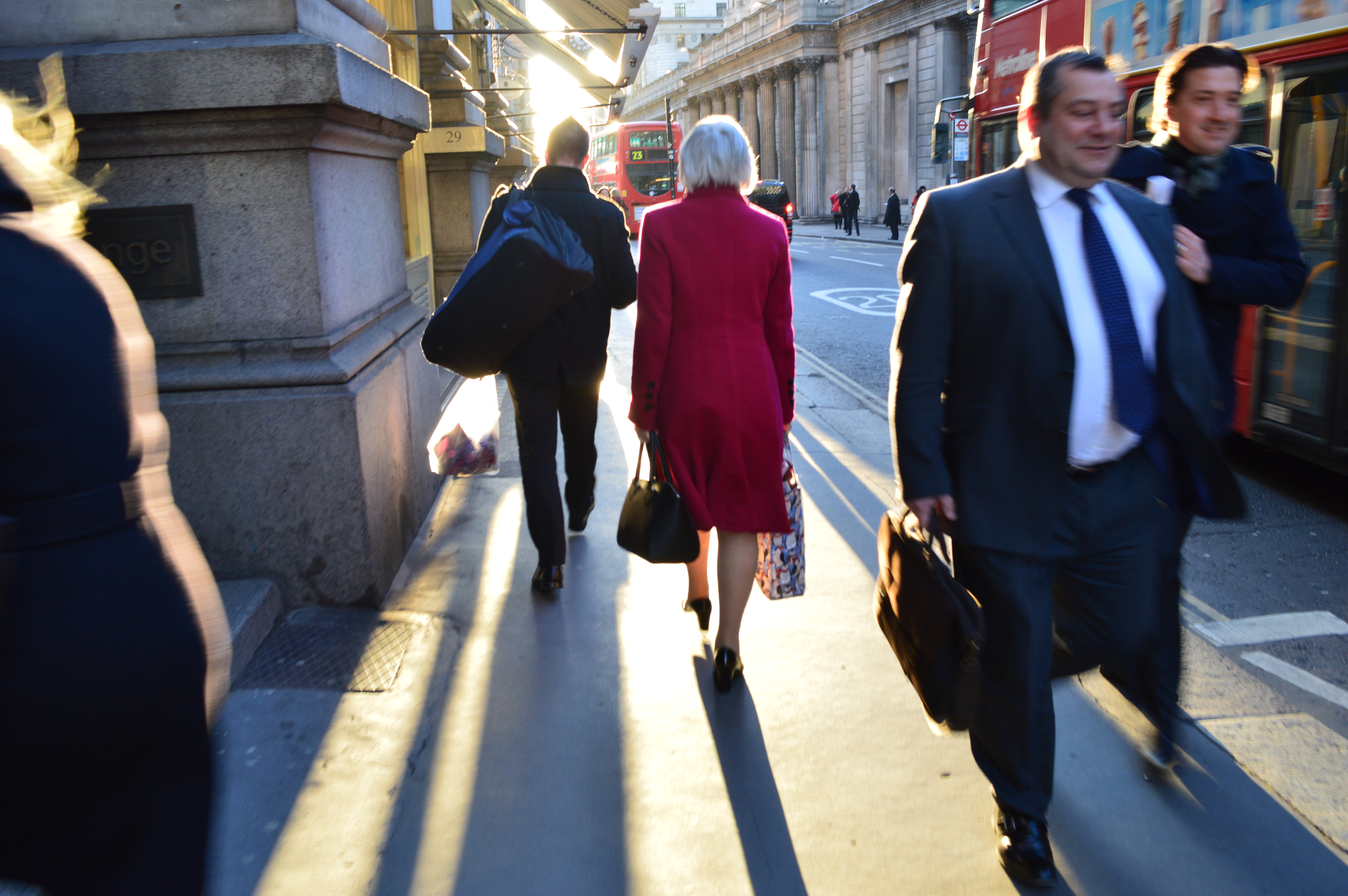CHICAGO — For the past few seasons, Chicago Moving Company (CMC)’s Kay LaSota has produced a two-show package for the group’s home space at Hamlin Park. The first, D49, is a mid-summer fest featuring up and coming artists curated by CMC’s long time artists in residence: Rachel Bunting, Ayako Kato, and Atalee Judy. The audience’s favorites at D49 are then selected to participate in the following season’s Dance Shelter, showing work alongside the resident artists who put them “up for bat.”
It’s not quite as confusing as it sounds, but this year was a bit unique as we saw the departure of Atalee Judy after two decades of consistent participation in the community, and a vacancy for CMC’s Artistic Director after the death of long-time director and beloved mentor Nana Shineflug. So in addition to most of the usual suspects and D49 winners, Dance Shelter 2016 is also the coming out party for Karla Beltchenko, newly appointed Artistic Director and recently back in Chicago after finishing her MFA at Trinity Laban in London.
Beltchenko’s effort, The Collectors, is a film apparently produced during her tenure at Trinity Laban, set to a live score performed by Maxwell Citron. Citron’s maneuverings, though mostly unlit, were as fascinating as the film, which shows a collection of fidgety habits such picking a hang nail or wiping the nose, examined in repeating patterns, sometimes at close range, sometimes far. One gets the sensation of the mundane being a source of beauty, amplifying and celebrating the movements that make up what it means to be human. So while I wouldn’t call this a dance, or a dance film, The Collectors connects us to our humanity and studies the “dance” we all do every day.

Helen Lee’s Watermelon Graveyard is part film, part dance, as the mismatched pair of Lee and Carl Wiedemann play in an uncomfortable, misogynistic space. Lee is the submissive housewife, bending to the will of Wiedemann, whose role borders on downright creepy. The final images are performed on the distant upper stage of the Hamlin Park Theater, as Lee rides a tiny rocking horse amongst glorious blue twinkle lights. Far from riding off into the sunset, Wiedemann appears through the upstage door, brushes his teeth, and draws Lee in, perhaps as if exerting control over her even in death.
We’re used to seeing Ayako Kato perform solo, but in So and so… she’s opted for a trio, accompanied by hubby Jason Roebke on upright bass. Roebke is gangly and intentionally awkward at center stage and disappears as abruptly as he arrives. I wish he would have stayed onstage, but then again, the sound effects produced by his instrument were inconceivable to me and maybe keeping that hidden contributes to the magic. Despite Kato, Roebke, and dancers Jessica Cornish and Corrine Imberski assuming serious personae, there’s an underlying sarcasm and playfulness to this improvisation that made the audience giggle at intervals.
Poet John Goode joins Rachel Bunting for the work-in-progress Words from the Bellies of Stars, along with a large cast of Bunting’s usual suspects. Each of the dancers emerges as though on a cloud, rising on tippy toes and inhaling with a Kimmy Schmidt-like effervescence. The wonderment continues as a gaggle of performers are awarded sparklers, first amazed and then experiencing every emotion until the sparkler extinguishes. Goode’s poem, Arrival, is a sort of creation story as he takes us on his journey from sperm to personhood, reciting his words in a nonchalant stance with head cocked to one side.
And then comes the dancing. Nine dancers appear in saran wrapped animal masks and shimmery sheaths for a truly satisfying series of phrases, and then it’s over. It is said that a choreographer makes the same work over and over, and each of Bunting’s works over the past several years recycles certain motifs, the most noticeable of which is her affinity for masks, mostly taking the shape of deer heads (though sometimes bunnies and horses, too). I consistently struggle to make sense of Bunting’s spirit animals; the fact that I can’t is probably the point. Rachel Bunting is a mad scientist of dance, whose ingenuity is ever teetering on the edge of brilliance. It’s just too bad the infrastructure of her company (The Humans) has not had the momentum to propel her forward to sit among the most reputable names in the city, whose work she can easily match, possibly surpass.
Lyndsae Rinio’s Starless and Karen Yatsko’s High Kicks round out the program and, though less effective, are the danciest of the lot and serve as examples of the breadth of possibilities within a CMC evening. Producer Kay LaSota smartly pointed out the level of risk taken by each of these artists. For the most part, the rewards were worth the risks.
